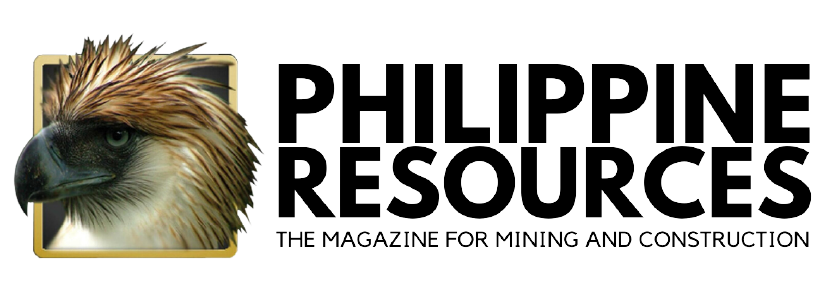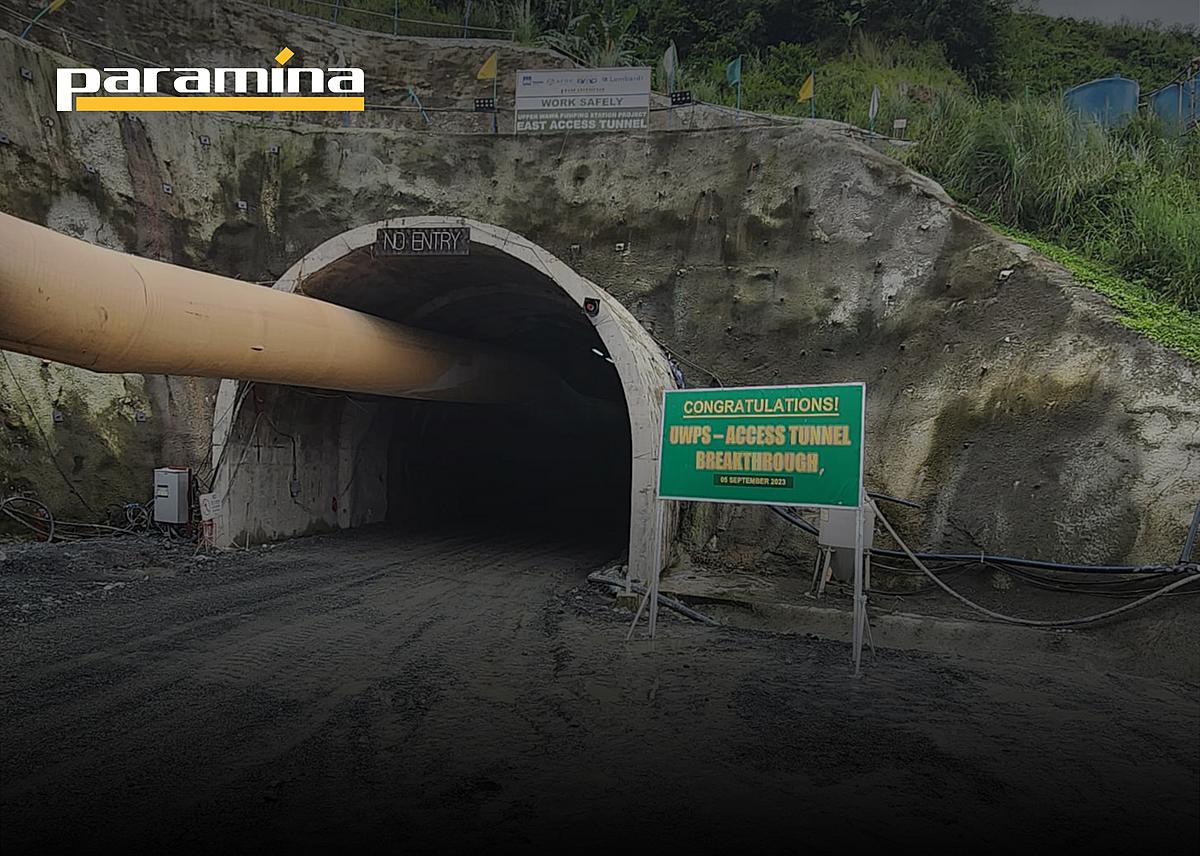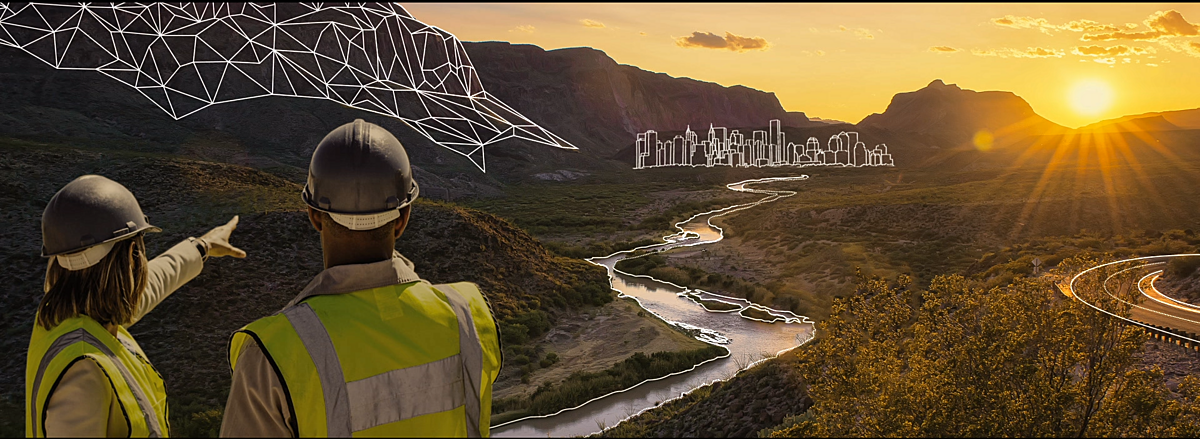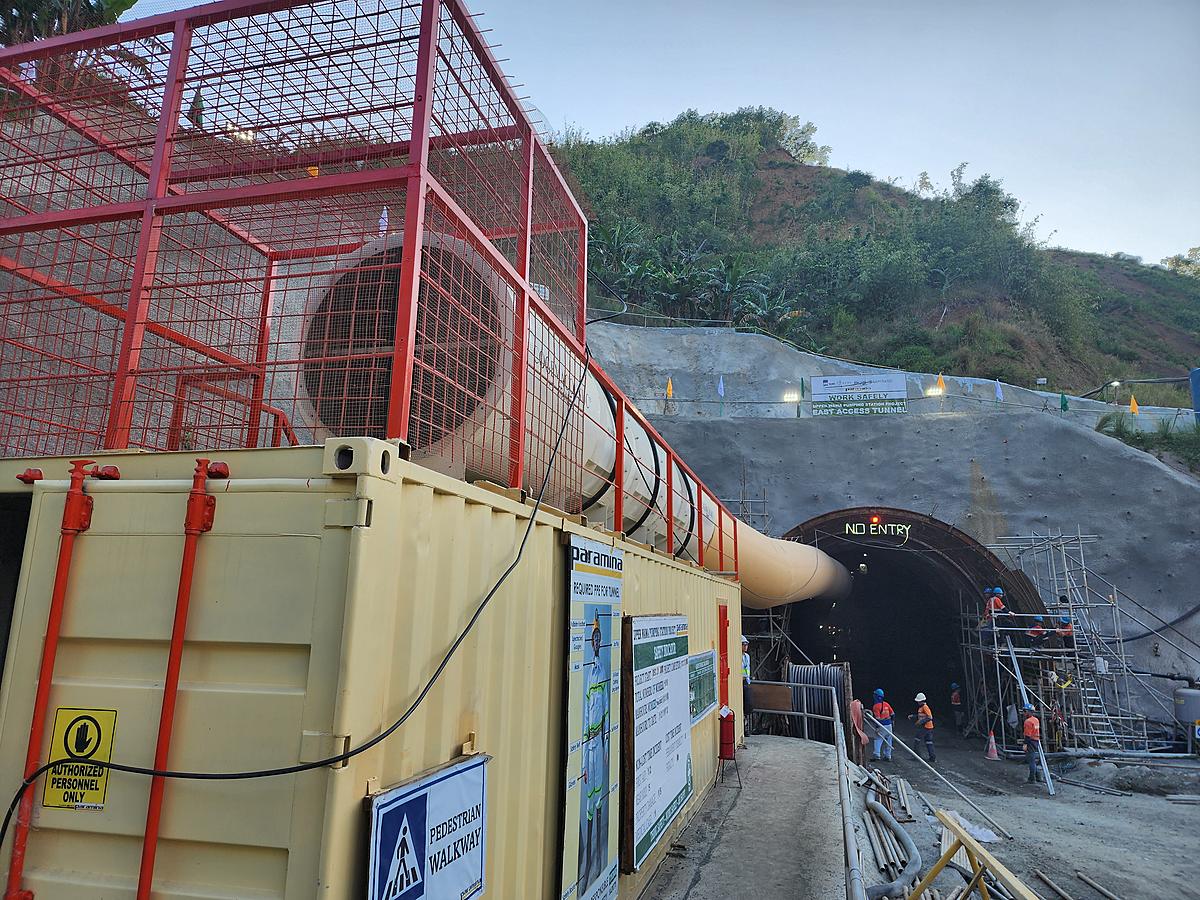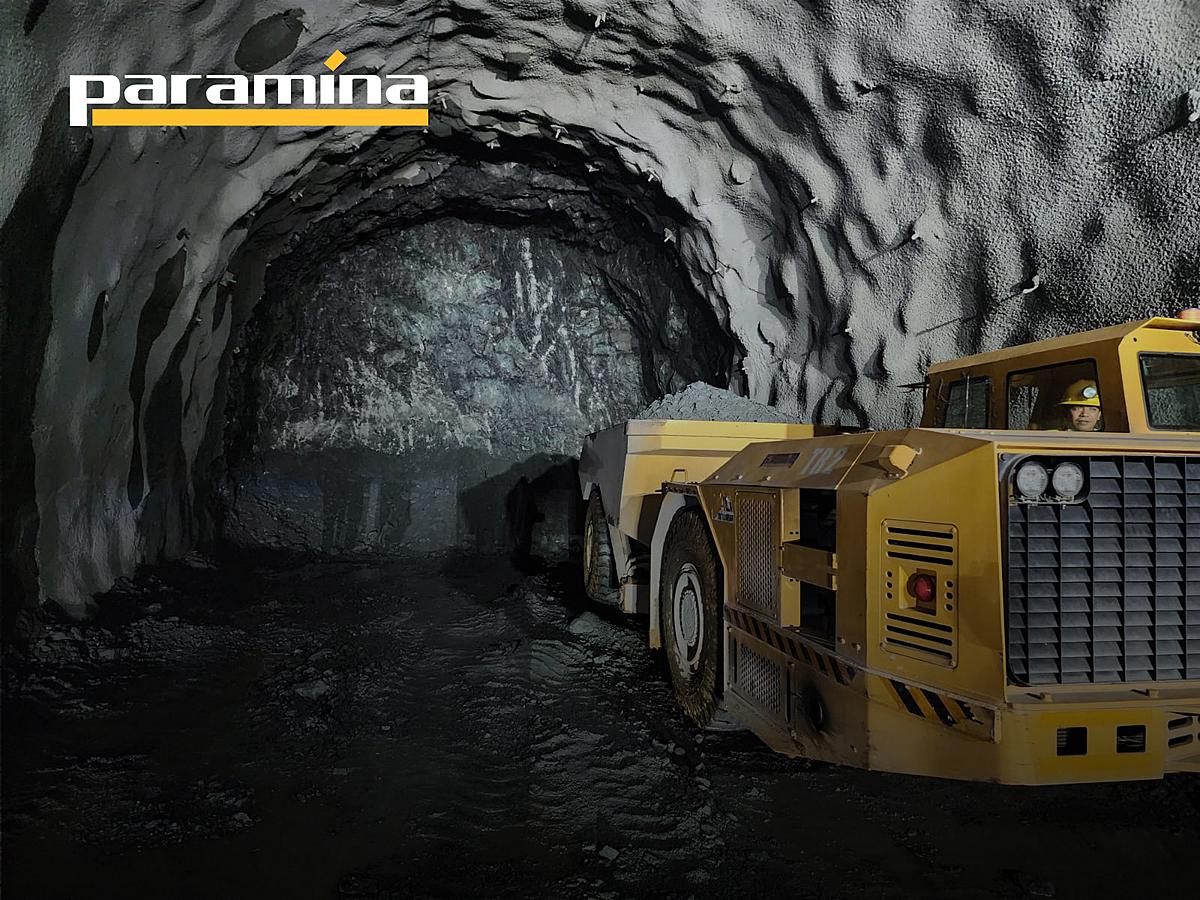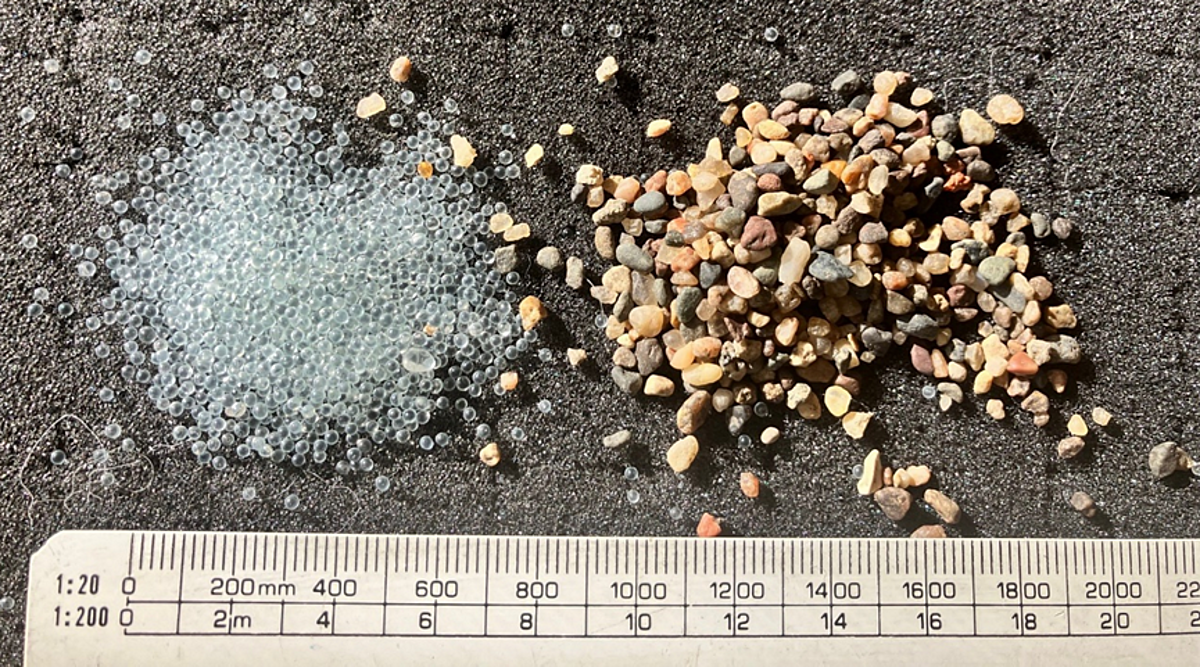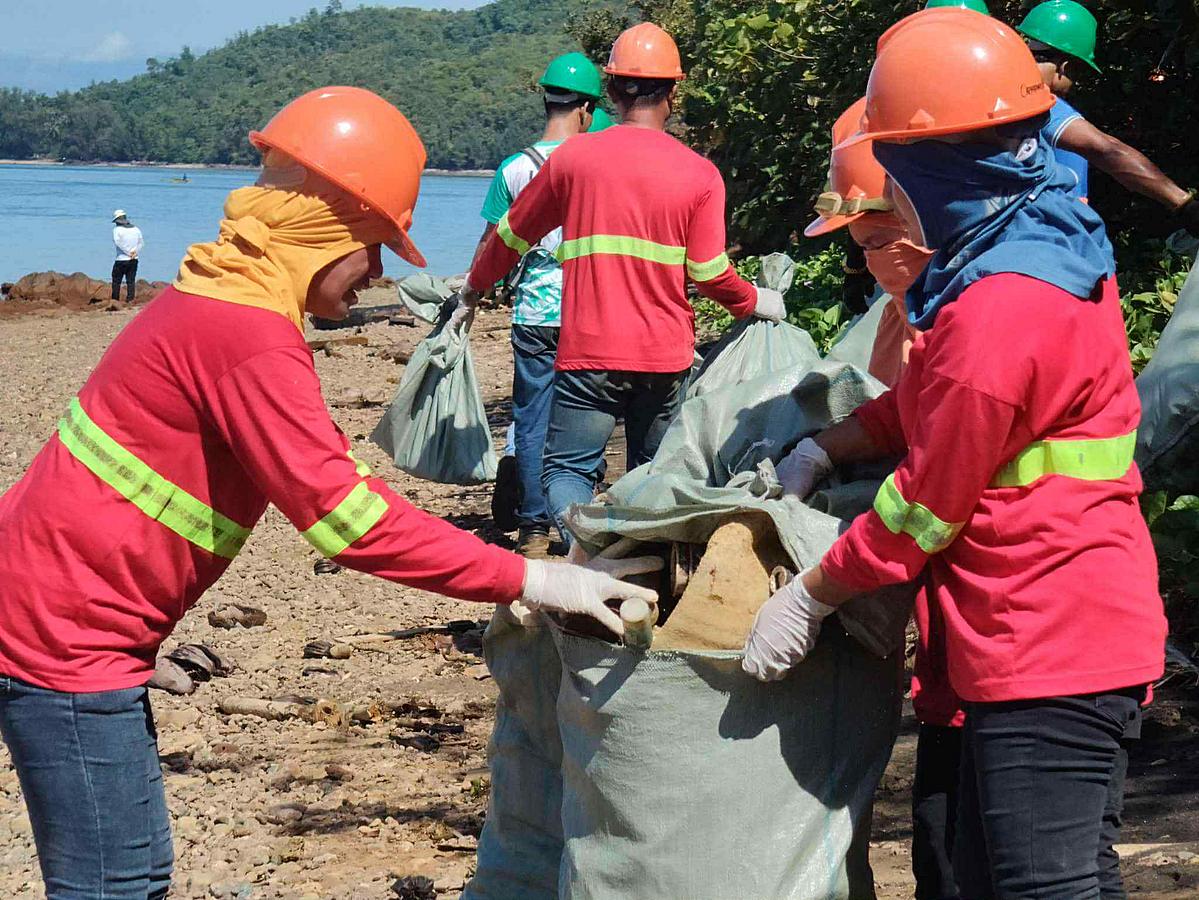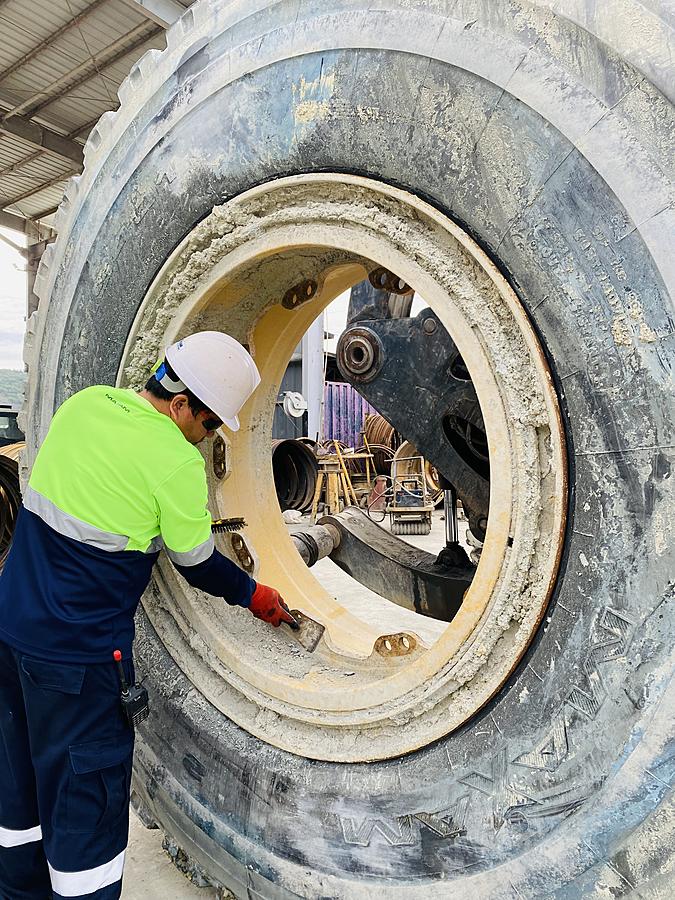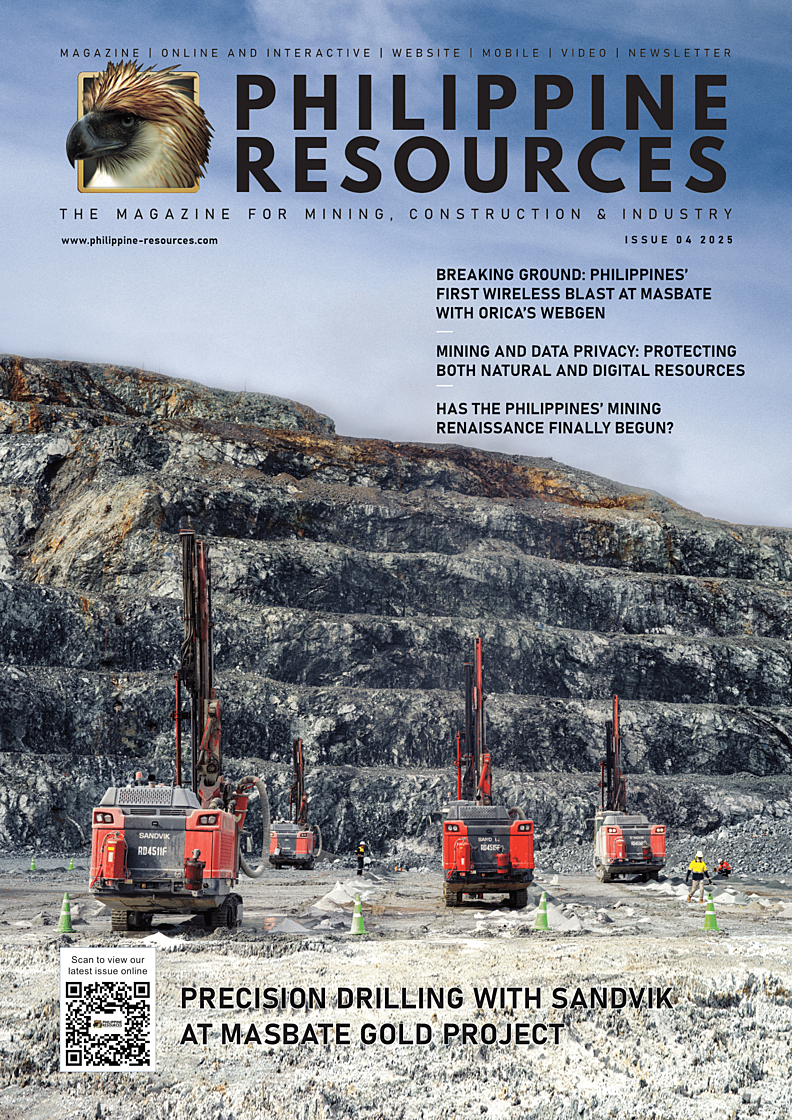Part 1
A group of an all-Filipino Mining Engineers worked under the auspices of Paramina Earth Technologies, Inc. (PARAMINA) for a civil construction tunnel project. These Mining Engineers developed and excavated an 8m wide x 7m high x 1,011m long tunnel safely, without a single lost time accident (LTA) accident and or rockfall incident as a Subcontractor and without the help of a Civil Engineer. The project applied the NATM following international tunnel design, plans and standards. Completion of the tunnel project was remarkably ahead of the adjusted timeline including the remediation works.
The project is the Upper Wawa Pumping Station Water Access Tunnel owned by WawaJVCo, a joint venture company of Prime Infrastructure Capital, Inc. an Enrique Razon corporation and the San Lorenzo Builders and Developers Group, the grantee of the water rights of the project. The joint venture company is developing the Wawa Bulk Water Supply Project, “an infrastructure project of the Philippine Government and will address the growing concern of water scarcity and is expected to minimize the risk of flooding in the capital region and in the nearby province of Rizal. It will be the biggest water source built since 1967 and will supply at least 518 million liters per day through Manila Water Company. CTTO ” The main beneficiary of the bulk water supply project will be the eastern communities of Metro Manila and Rizal.
The water access tunnel project is part of the second of two water supply infrastructures of WawaJVCo. The tunnel designed by Lombardi SA was constructed to ensure that it will last for a minimum period of 100-years, therefore, the group of all-Filipino Mining Engineers who built the tunnel had to pass through very stringent QA/QC requirements which had to be followed and implemented to the minute detail.
The all-Filipino Mining Engineers who developed and excavated the tunnel were Mining Engineers who used to occupy and manage senior positions in various mining and tunneling projects in the Philippines and overseas; supported by a group of experienced junior Mining Engineers who supervised the shift operations. At least fifty Filipino multi-skilled tunnel equipment operators were at the forefront of the tunnel excavation operations.
Another group of at least forty Mechanical and Electrical Engineers and technicians formed the equipment maintenance and support group.
Two twin boom and one single boom electro-hydraulic jumbo drill rigs were the main drilling equipment. Two side dump loaders, three 20-tonne underground trucks and three dump trucks were used for mucking, loading and hauling. Blasting was designed using a computerized shot-plan and varied according to the rock and ground condition. Two robotic shotcrete machines and two high-and-low-pressure grouting machines were used for mechanized shotcreting and grouting respectively.
The tunnel support design was the greatest challenge of the project because there was limited geotechnical information provided. Every advance or blast was closely monitored as the crown and side supports and the blasthole drilling depths depended on the rock structure which was defined by the RMR of the active face.
Water is life. The Filipino Mining Engineers who built the tunnel are proud to be part of the commitment of WawaJVCo, the owners of the project to provide a new source of potable water, sustainable in the next 100 years.
Purpose and Magnitude of the Project
The “Upper Wawa Pumping Station,” is one crucial component of a Mega-Infrastructure Project better known as the “Wawa Bulk Water Supply Project,” is considered the largest potable water source to be constructed in the country since 1967. It comprises of four (4) major integral components or sub-projects of the Mega Infrastructure, namely, the Upper Wawa Dam and Spillway, Reservoir, Pumping Station and Transmission or Water Conveyance Pipeline. The Water Access Tunnel forms part of the Transmission or Water Conveyance Pipeline component of the Mega-Project.
The primary objective of the Wawa Bulk Water Supply Project is to address the perennial water scarcity issue in Metro Manila. This challenge has been exacerbated by population growth driven by migration, rapid urbanization, and economic opportunities. Once completed, this ambitious undertaking will establish a reliable source of potable water supply for Eastern Metro Manila, specifically serving the so-called East Zone Concession managed by Manila Water Co.
The Upper Wawa Pumping Station plays a pivotal role in achieving this goal. It is designed to supply a minimum of 518 million liters of water daily (MLD), with an additional standby capacity of 259 MLD, resulting in a total pumping capacity of 777 MLD. The Tayabasan River, situated in Barangay Calawis, Sitio Apia, Antipolo, within the Upper Marikina Watershed, serves as the primary raw water source. This river is further supported by several smaller tributaries spread across the Marikina watershed. Through this comprehensive project, the region will gain access to a sustainable and essential water supply, quenching the thirst of East Metro Manila’s residents in the next 100-years.
Scope of Tunnel Project and Technical Description
The scope of work for the Main Access Tunnel, a critical component of the Water Conveyance Pipeline within the larger mega-project, mandates that the tunnel Subcontractor undertake the excavation work by drilling and blasting, as well as the transportation and disposal of the muck through synchronized activities utilizing specialized equipment such as Furukawa, hydraulic twin boom jumbo drill rigs with man basket, Dali, 20-tonne low profile trucks, SDLG, side dump, 3cu.m. loaders and XCMG, robotic shotcrete machine among the capital equipment used in the project.
As the excavation advanced, the project required the installation of galvanized self-drilling anchor and all threaded rock bolts which were grouted to stabilize the newly exposed tunnel surfaces so that drilling and blasting can immediately commence after the newly excavated ground was fully shotcreted. A vast part of the process entailed the application of 50mm shotcrete immediately after scaling using a Komatsu excavator equipped with a hydraulic breaker, then 100mm thick shotcrete applied thereafter and before the start of drilling. The shotcrete mix is a special concrete mixed with additives and synthetic and or steel fibers and applied using the XCMG mechanized robotic shotcrete machine.
To ensure that ground water is drained and will not accumulate at the crown and sides of the tunnel, drilling of drainage and or weep holes using the MTI Single boom hydraulic jumbo drill was essential. Each weep hole is inserted with perforated drainpipes wrapped with non-woven geotextile.
Additionally, it was also necessary to execute variation works on an as-needed basis. The provision of essential support services is also part of the Bill of Quantities (BOQ), including the supply of adequate ventilation, water, power, and compressed air.
Temporary field offices, equipment maintenance workshop and personnel accommodations, ensuring a comprehensive and supportive environment for the project’s successful completion was also constructed.
Technical Requirements
The tunnel which was required to be driven was 8m wide and 7m high, extending over a total length of 1,011 meters. The specific dimensions for excavation and reinforcement are determined based on the rock mass rating (RMR) for each tunnel segment, as assessed and evaluated by Geologists and Geotechnical Engineers. Depending on the RMR of the tunnel’s face which is evaluated every after blasting, the tunnel designer and the Geotechnical and Geological Engineers considered six distinct support types. The support type spectrum ranged from Support Type P (for Portal), Support Type 5, down to Support Type 1, each tailored to reinforce the crown and sides of the tunnel as the excavation progresses, resisting the impact of drilling and blasting and to maintain the structural integrity of the tunnel to be able to last for 100years.
Support Type P is required to support the tunnel Portal which had Rock Mass Rating (RMR) between 0 and 20 and was intended for the excavation of the East and West portals of the Main Access Tunnel. The dimensions of Support Type P are 8.38meters wide by 6.74meters high allowing for the installation of Steel Rib Supports (SRS). This support system integrates the installation of Steel Rib Support (SRS) made from 200mm x 200mm H-beams using a specially designed “hook” attached to an excavator; a protective “umbrella” of grouted galvanized Self Drilling Anchor (SDA) rock bolts; a Shotcrete lining, 400mm thick enough to cover the whole SRS. Additionally, the structure is equipped with weep holes, into which eight 50mm diameter perforated drainage pipes wrapped in non-woven geotextiles are installed. As it was difficult to apply shotcrete at the back of the SRS, the sides of the SRS were drilled with holes in regular distances and were in-fill grouted using high-pressure automatic cement grout machines.
Conversely, Support Type 1 was designed for tunnel sections 7.78m wide by 6.44m high, intended for RMR ranging from 81-100. The support in these areas consists of sporadically placed grouted Dywidag split-set type rock bolts, 46mm diameter and 4 meters long, along with 8-pieces of 50mm diameter perforated drainpipes wrapped with non-woven geotextile. Due to the inherently stable nature of the rock mass, no shotcrete lining is applied in these sections.
Support Type 2 was designed for RMR 61-80 with tunnel dimensions 7.88m wide x 6.49m high. The support consists of 11pcs fully grouted Dywidag hollow all-threaded galvanized rock bolts, 25mm diameter x 4 meters long. Shotcrete thickness was 150mm including the initial 50mm after scaling, after which 50mm drainage holes were drilled and inserted with 50mm diameter perforated drainpipes wrapped in non-woven geotextiles.
Support Type 3 had similar excavation dimension as Support Type 2 but is designed for RMR equivalent to 41-60. The main difference is that the number of rock bolts is 15pcs fully grouted Dywidag hollow all-threaded galvanized rock bolts, 25mm diameter x 4 meters long. The number of drainpipes is the same as Support Type 2, but the shotcrete thickness is 300mm.
Support Type 4 required an excavation dimension of 8.28m wide by 6.69m high, designed for RMR equivalent to 21-40. This category when encountered was supported by a combination of the installation of 200mm x 200mm SRS, grouted galvanized SDA rock bolts, R38 x 4 meters long complete with plates and nuts, 350mm thick shotcrete covering the entire SRS and installed with 50mm diameter x 2m long perforated drainpipes wrapped in non-woven geotextile.
Finally Support Type 5 required an excavation dimension of 8.38 m wide x 6.74 m high for RMR ranging from 0-20. This support type consisted of a combination of the installation of 200mm x 200mm SRS, SDA galvanized rock bolts, R38 x 4m, 400mm thick shotcrete enough to cover the SRS and 8-pieces x 50mm perforated drainpipes wrapped with non-woven geotextile.
The various designs of Support Types ensure the stability and integrity of the tunnel, adapting to the varying rock conditions which were encountered during the actual excavation and were designed for the tunnel to last for 100years.
<to be continued> In Part 2 of this article, we will discuss the challenges encountered, the innovations and the milestones achieved.
